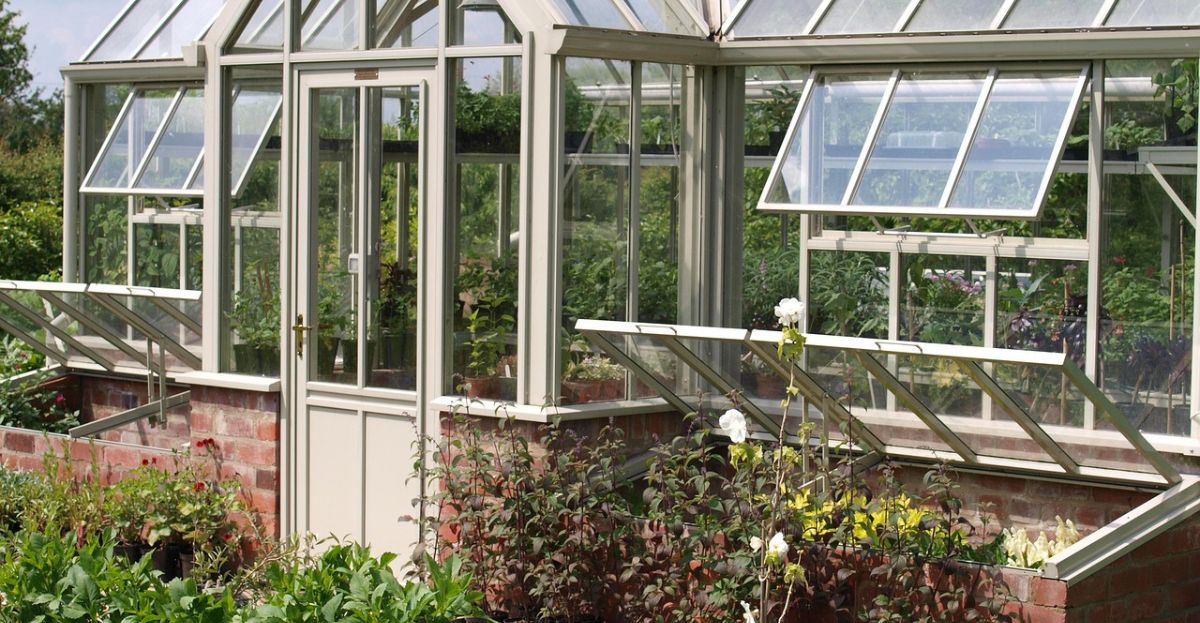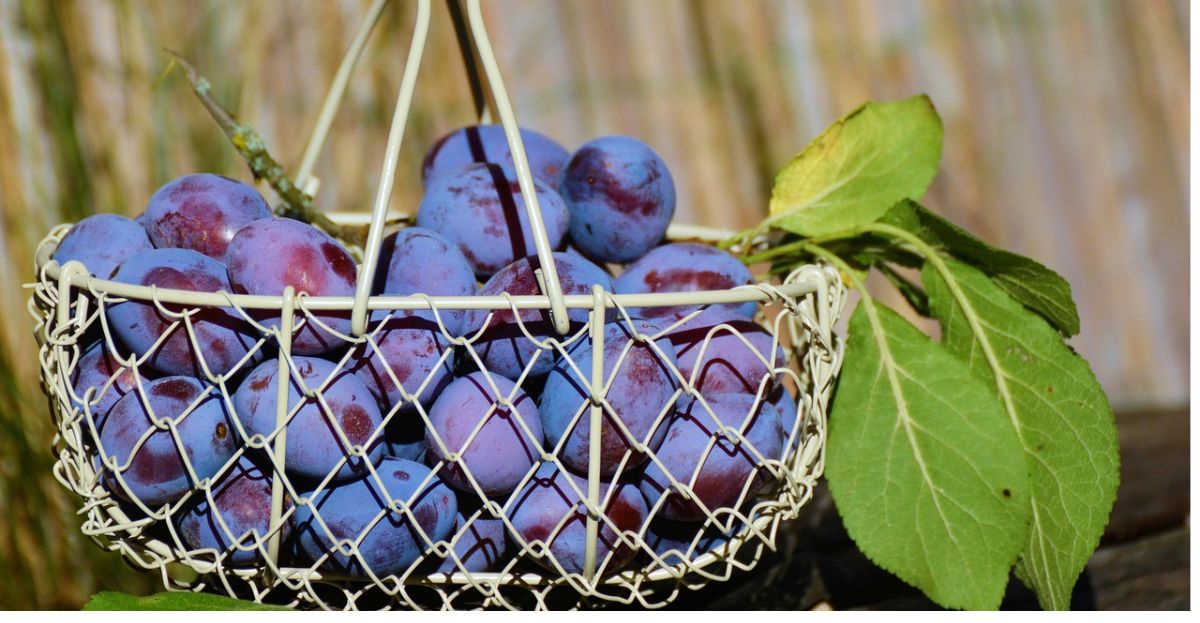Your August Gardening Checklist
August brings the rewards of your hard work, with beds at their peak and harvests coming thick and fast. But don’t ease off—cooler, damper nights can invite fungal problems, so stay vigilant with watering, feeding, and clearing spent crops.
August is the month when all that hard work finally starts to pay off. With baskets brimming and beds at their peak, this is a time to harvest generously—but not rest on your laurels just yet. The days may still be long and warm, but nights are growing cooler and damper, increasing the risk of fungal infections and rot. Vigilance remains key, alongside continued watering, feeding, and cleaning up after early crops.
To keep your allotment thriving into autumn and beyond, here’s your full checklist for the month:
Soil Preparation & General Maintenance
Hoe regularly – Stay on top of weed growth while the weather remains warm and dry. Light hoeing disturbs emerging weeds and keeps soil open and aerated.Water deeply in dry spells – Focus watering on thirsty crops like beans, squash, celery, and courgettes. Watering in the early morning or late evening is most efficient.
Watch for rot and mildew – Cool, damp nights can bring fungal infections to ripening fruit. Improve air circulation where possible and keep foliage dry during watering.
Ventilate greenhouses – Open up first thing in the morning and consider leaving a vent cracked overnight to prevent fungal build-up.
Clear spent crops – Once harvested, remove old crops and compost disease-free material. Lightly fork over the soil, and either mulch with compost or sow a green manure to suppress weeds and improve soil health.

Vegetable Tasks
August is a time for harvesting, maintaining, and planning ahead. A little attention now goes a long way toward a strong autumn finish.
Harvest and store onions – Begin lifting maincrop onions as the foliage flops over. Let them cure in the sun before storing.
Harvest second early potatoes – Dig as needed and begin clearing beds for green manures or overwintering crops.
Keep beetroot, turnips, and kohlrabi in check – Harvest before they become woody and lose flavour.
Plant out final spring brassicas – Firm in well and mound soil around stems of kale and sprouts for wind protection, or stake individually.
Feed asparagus beds – Give them a boost to help build energy reserves for next season.
Support leeks – As they grow, draw up soil around the stems or wrap them with corrugated cardboard to blanch and protect.
Water celery generously – It’s a bog plant, so keeping it well-hydrated helps prevent bolting and stringiness.
Pinch out runner beans – Once they reach the top of the canes, pinch off the tips to focus energy on pod production and reduce tangling.
Watch for caterpillars – Check brassicas daily for cabbage white butterfly eggs and larvae. Remove by hand or use organic spray as needed.
Sow for autumn – Leafy crops like spinach, rocket, salad leaves, spring cabbages, and mustard greens can be sown now for late or overwinter harvests
Fruit Tasks
Soft and tree fruits are ripening fast—keep harvesting and pruning for healthy plants and quality crops.Summer-prune trained apples and pears – Trim side shoots back to 3–5 leaves to promote fruiting spurs.
Prune blackcurrants – Remove branches that fruited this year to stimulate new growth.
Cut back red and white currants – Reduce this year’s side shoots by two-thirds.
Harvest plums, gages, and early apples – Check frequently for ripeness and wasp damage.
Remove straw and tidy strawberries – Clean around plants, fertilise, and start preparing new beds for runners.
Prune summer raspberries – Cut fruited canes down to ground level and tie in the new green canes for next year’s crop.
Support swelling melons – Use netting or slings to cradle ripening fruit in the greenhouse or tunnel.

Greenhouse & Polytunnel
Conditions under cover can swing between lush and stifling in August. Stay consistent with care to avoid stress on your plants.Ventilate daily – High temperatures can build quickly; open vents and doors early and consider shading.
Water and feed regularly – Tomatoes, cucumbers, and peppers need weekly feeding and consistent watering to avoid blossom end rot and splitting.
Harvest frequently – Picking regularly encourages ongoing cropping and reduces the risk of overripe fruit spoiling.
Continue training – Tie in tomatoes, cucumbers, and melons as they grow.
Flower Tasks
Borders and cutting patches are still bursting with colour. A little upkeep keeps them flowering into September.Deadhead and water – Keep dahlias, cosmos, marigolds, and sweet peas blooming with regular deadheading and deep watering during dry spells.
Stake tall plants – Support sunflowers, gladioli, and chrysanthemums to prevent wind damage.
Sow winter bedding – Get winter pansies, violas, primulas, and wallflowers started by early August to ensure strong, flower-ready plants come autumn.
.jpg)
Pest Control & General Allotment Maintenance
The summer heat brings peak pest activity. Daily checks make a big difference.
Cabbage whites – Their caterpillars can strip leaves in days. Inspect brassicas often and remove eggs and larvae quickly.
Leek rust – Monitor for orange pustules on leaves and remove any affected foliage.
Aphids and red spider mites – Hose off, use soapy sprays, and encourage natural predators like ladybirds and lacewings.
Slugs and snails – Especially active after summer showers. Use beer traps, barriers, or nighttime patrols.
What to Harvest
With careful attention, you’ll be harvesting plenty of fresh, homegrown produce this month:- Onions and shallots
- Second early and maincrop potatoes
- Beetroot, turnips, and kohlrabi
- Courgettes and cucumbers
- Tomatoes and peppers
- French and runner beans
- Lettuce, rocket, and salad mixes
- Celery and chard
- Blackberries, plums, raspberries, and early apples
.jpg)
Final Thoughts
August is a golden month for allotmenteers—rich in reward but still full of activity. Keep a close eye on watering, pests, and ripening crops. And as you clear spent beds, think ahead to autumn planting and soil care. Whether it’s with a barrow of onions or a bowl of blackberries, your allotment will reward the care you give it.Join The National Allotment Society
Become a National Allotment Society member and help to preserve and protect allotments for future generations.
You'll also gain a range of benefits, including free liability insurance, initial legal support, expert advice and much more.
